[S3T3] Stickbox replacement (almost-new T3) [+20€]
For controllers with type 3 stickboxes, I can put in an almost new original type 3 white stickbox for +20€, lubricated with just a little bit of silicone grease so that it doesn't wear out as quickly and needs less capacitance.
Advised if you want to have an older type 3 controller whose stickbox is too loose and wobbly serviced to have the stick feel like new again.
If you prefer slightly broken-in sticks, I also have lightly used T3 stickboxes for 18€, shortcode S3T3b.
[S3T2] Stickbox replacement (new T2) [+15€]
For controllers with type 1 or 2 stickboxes, I can solder in a new original type 2 white stickbox for +15€, lubricated with just a little bit of silicone grease so that it doesn't wear out as quickly. I always do so when the controller came with a type 1 stickbox, as those are inherently inaccurate with notch values.
Alternatively, if you prefer the feeling of slightly broken-in sticks, I also have lightly used T2 stickboxes for 13€ (shortcode S3T2b).
If you order an old black, purple or orange controller with its original T2 stickbox, it will be considerably looser than a new one in terms of control stick spring resistance. While I will not sell controllers with stickboxes so loose that they are no longer accurate, some people prefer the feeling of new stickboxes (high stickbox spring resistance helps with stick jump short hop and PC edgehog, for example). If you prefer a controller that feels like new bought in 2002 over more broken-in ones, going for a new T2 stickbox is the better choice.
[S3T4] Stickbox replacement (new T4) [+10€]
For controllers with type 1 or 2 stickboxes, I can solder in a new type 4 black stickbox for +10€, lubricated with just a little bit of silicone grease so that it doesn't wear out as quickly. The "type 4" stickboxes only surfaced relatively recently and has been used in original Nunchuks. They come with original black Noble potentiometers.
Unfortunately, T4 stickboxes always seem to have a loose zone too large for the very high precision needed in Melee, especially when coupled with the A2 and A3 mods I offer. Because of this, I only recommend this service for controllers intended for Smash 4, Smash Ultimate, Slap City or other games, for which they are easily precise enough.
[S3T3E] Stickbox exchanging (type 3) [+3€]
Previously offered under the short-code [A0].
The stickbox used for the C-stick (type 3 black) has 20% lower spring resistance than the one used for the control stick (type 3 white). So if you like controllers with little disjointed zone, but also low initial spring resistance, which you usually get after breaking in a controller for a few months, starting with a T3B stickbox for the control stick might be a good idea to skip the breaking-in period.
You should be aware that some techniques like stick-jump short hop and pivoting will be more difficult / require other timings with the S3T3B mod.
[S3T2E] Stickbox exchanging (type 2) [+10€]
The older stickbox designs can also be swapped by desoldering and resoldering them. These types also have black sub-types with lower spring resistance that are used for the C-stick by default. I only offer this for type 2 stickboxes though, type 1 stickboxes are too bad for anything except maybe the C-stick.
[S4L2] Stickbox spring replacement: Smalley L2 (type 3 only) [+10€]
Smalley L2 springs have similar resistances as stock T3W stickboxes, but with a more linear force profile, and with higher symmetry (T3W stickboxes are weaker in one direction and stronger in the opposite direction). That makes L2 springs more suitable for playstyles that rely on many quick tilt-level inputs, whereas stock T3W / T3B springs are more geared for lots of quick smash-level inputs, such as dashdance and pivots.
You can find my measurements plotted in a diagram here: Twitter post
Smalley L2 springs are also available for individual purchase here: Kadano web shop L2 spring listing
[S4L1] Stickbox spring replacement: Smalley L1 (type 3 only) [+12€]
Smalley L2 springs have similar resistances as stock T3W stickboxes, but with a more linear force profile, and with higher symmetry (T3W stickboxes are weaker in one direction and stronger in the opposite direction). That makes L2 springs more suitable for playstyles that rely on many quick tilt-level inputs, whereas stock T3W / T3B springs are more geared for lots of quick smash-level inputs, such as dashdance and pivots.
You can find my measurements plotted in a diagram here: Twitter post
Smalley L1 springs are also available for individual purchase here: Kadano web shop L2 spring listing
[S5] Stickbox spring angle adjustment (type 3 only) [+8€]
Type 3 stickbox springs are always weaker towards one side than the other, and the direction in which the stronger resistance is pointing is random. As an example, on one controller I measured 90 gf (0.9 N) resistance each for left, right and up, but 100 gf for downward inputs. This means that the strongest end of the stickbox spring was pointing downwards.
If you want the stickbox spring to be oriented so that the highest resistance is towards a specific angle, you can order that through the S5 shortcode. For example, [S5up] will have me rotate the spring so that the highest resistance is for upward inputs, which is my default recommendation. This way, ledge drops are slightly easier and faster to execute, snapback is symmetrical left and right (which slightly decreases the necessary capacitance / software (PhobGCC) filter level), and less capacitance is needed to filter out accidental jumps with downward flicks (vertical snapback).

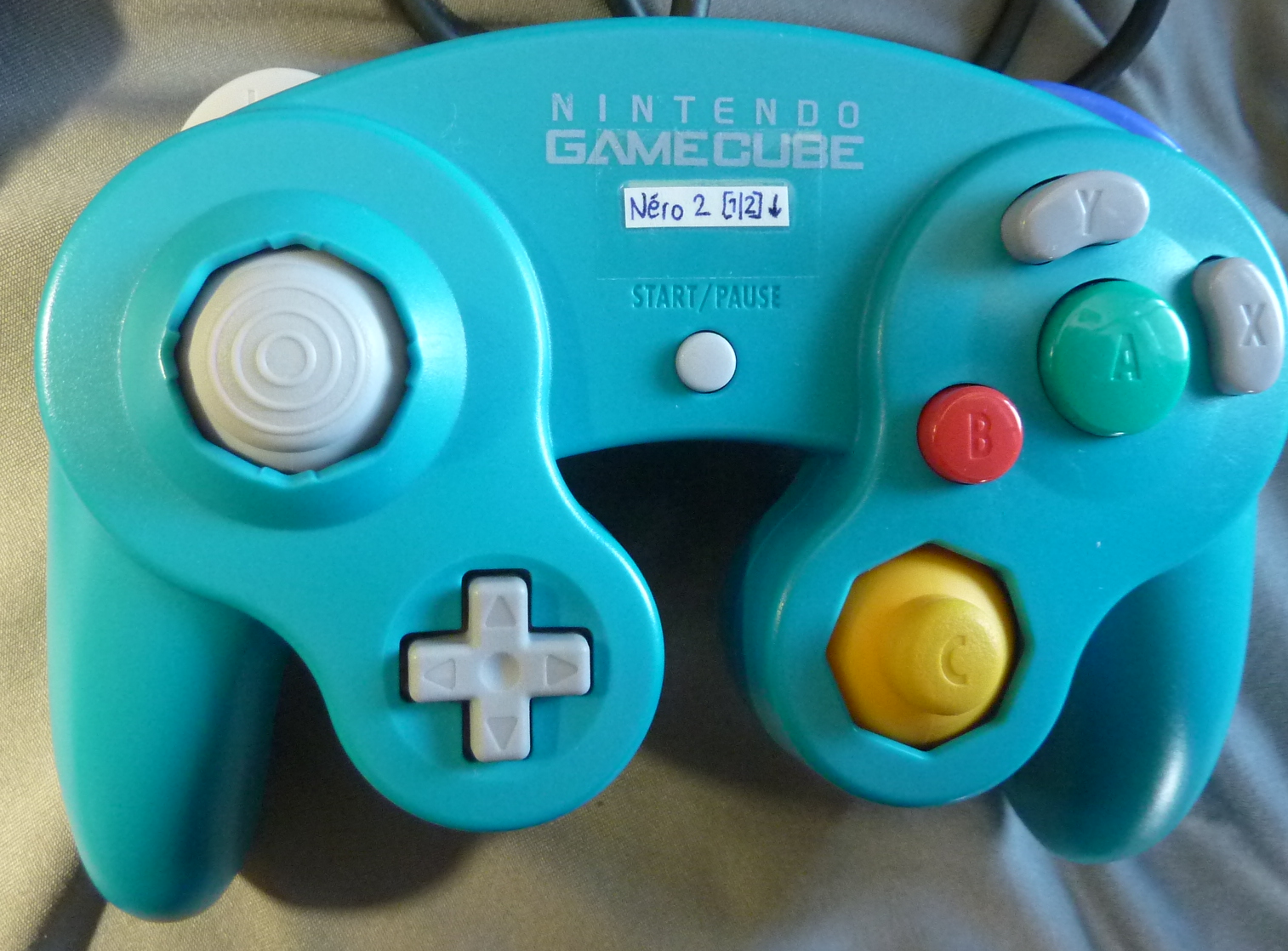

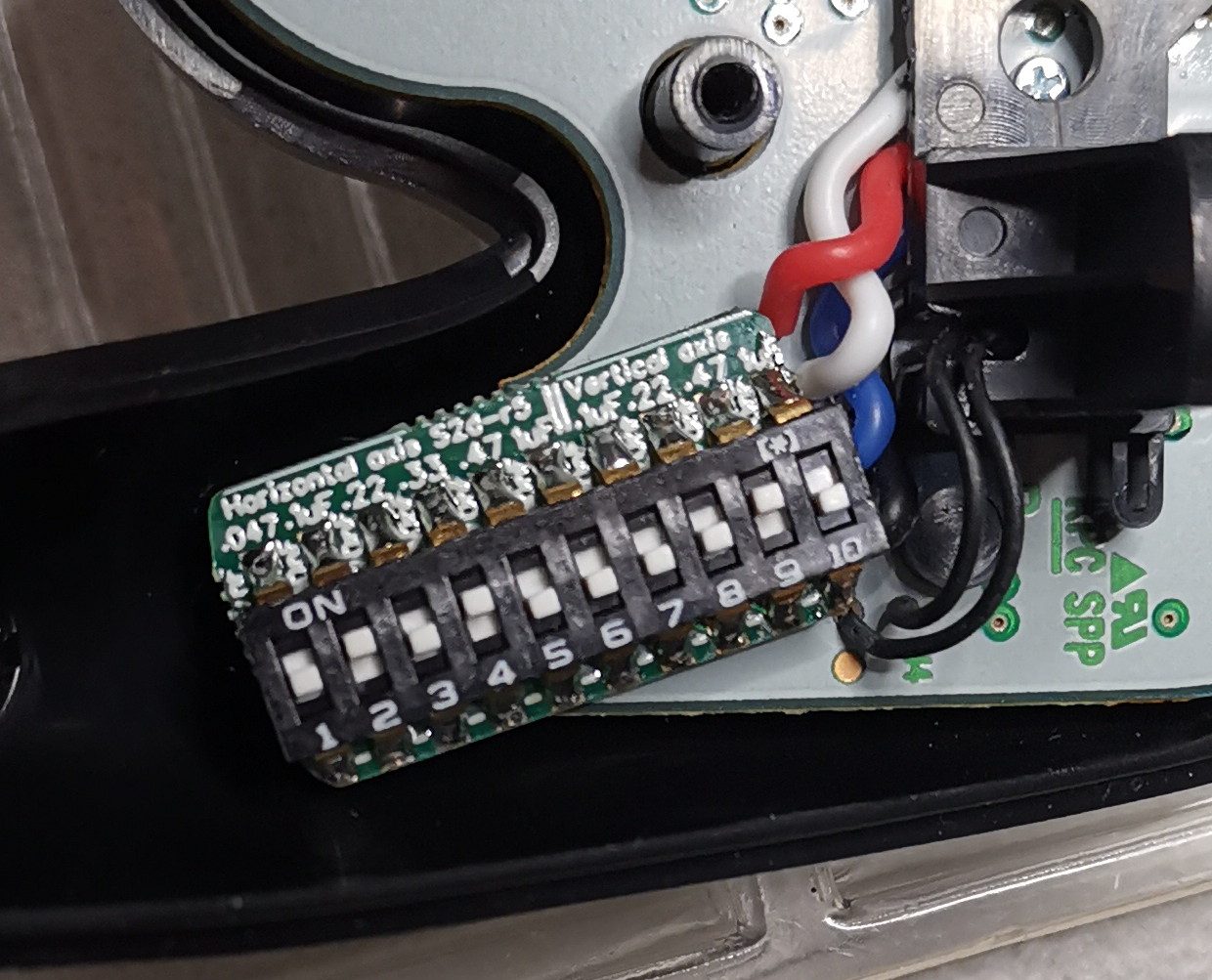
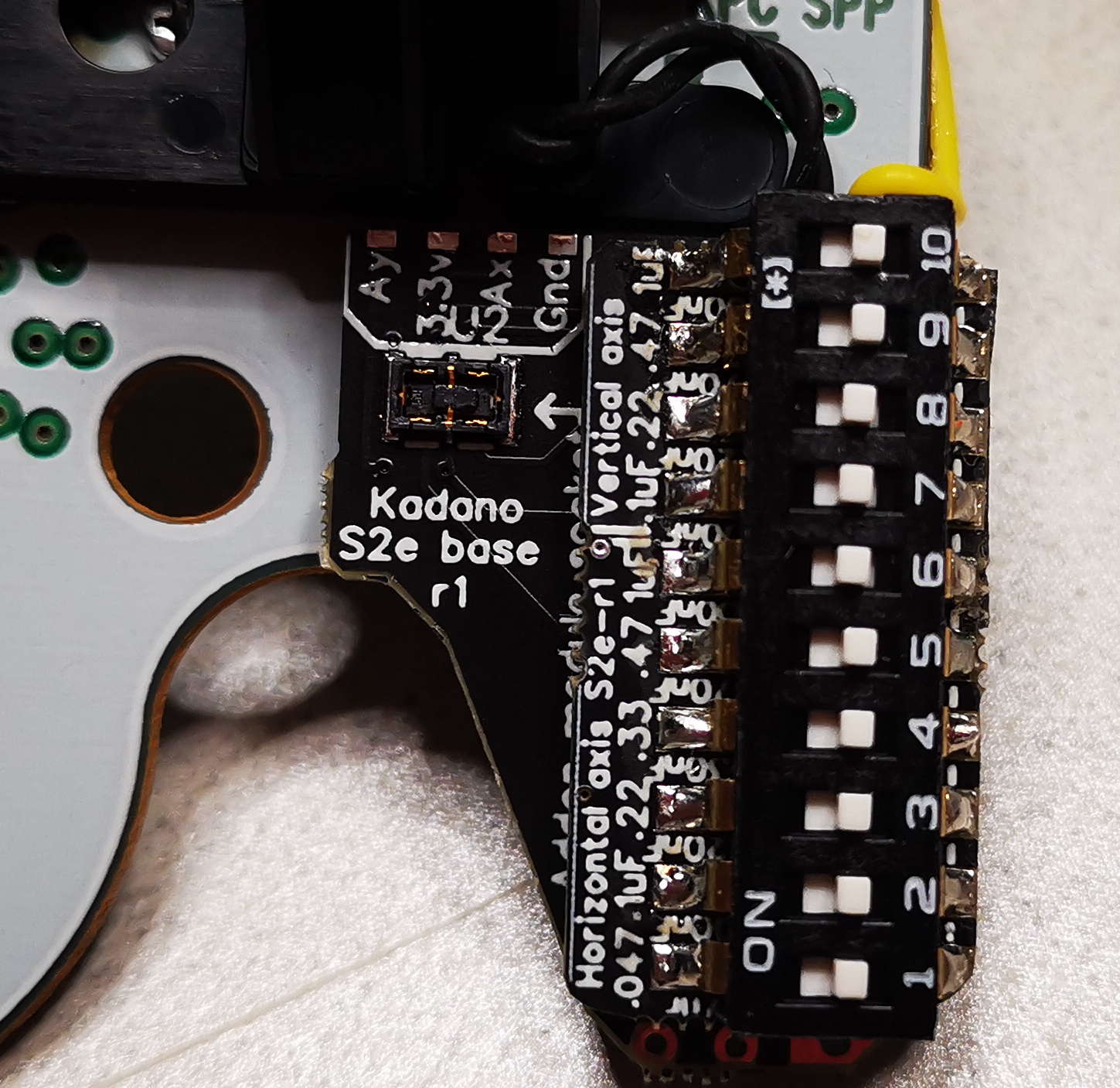

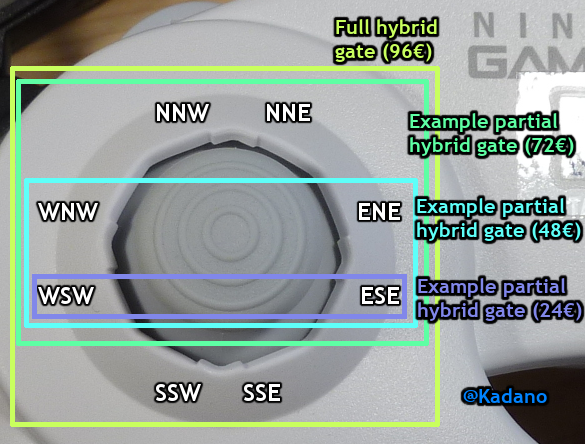

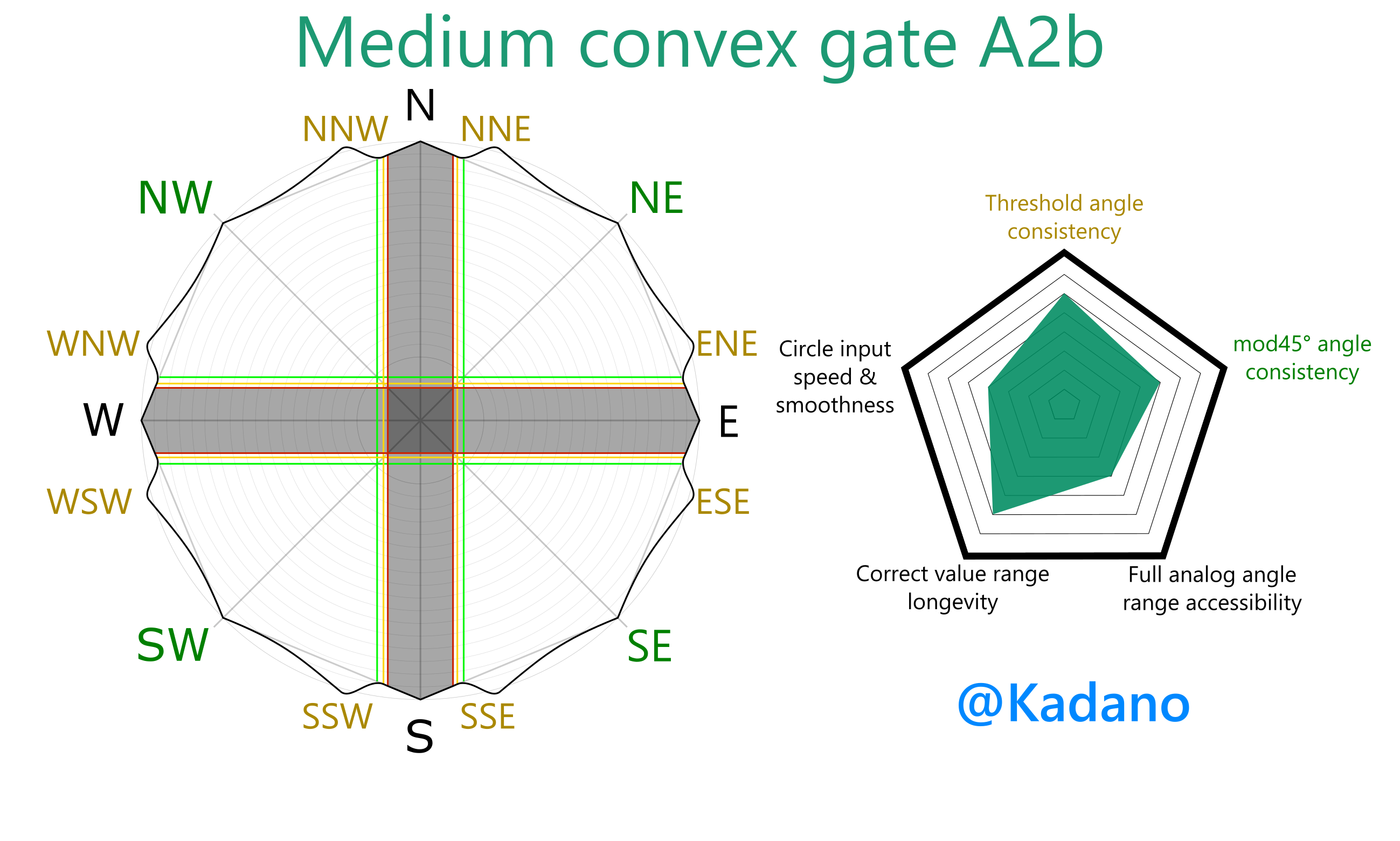
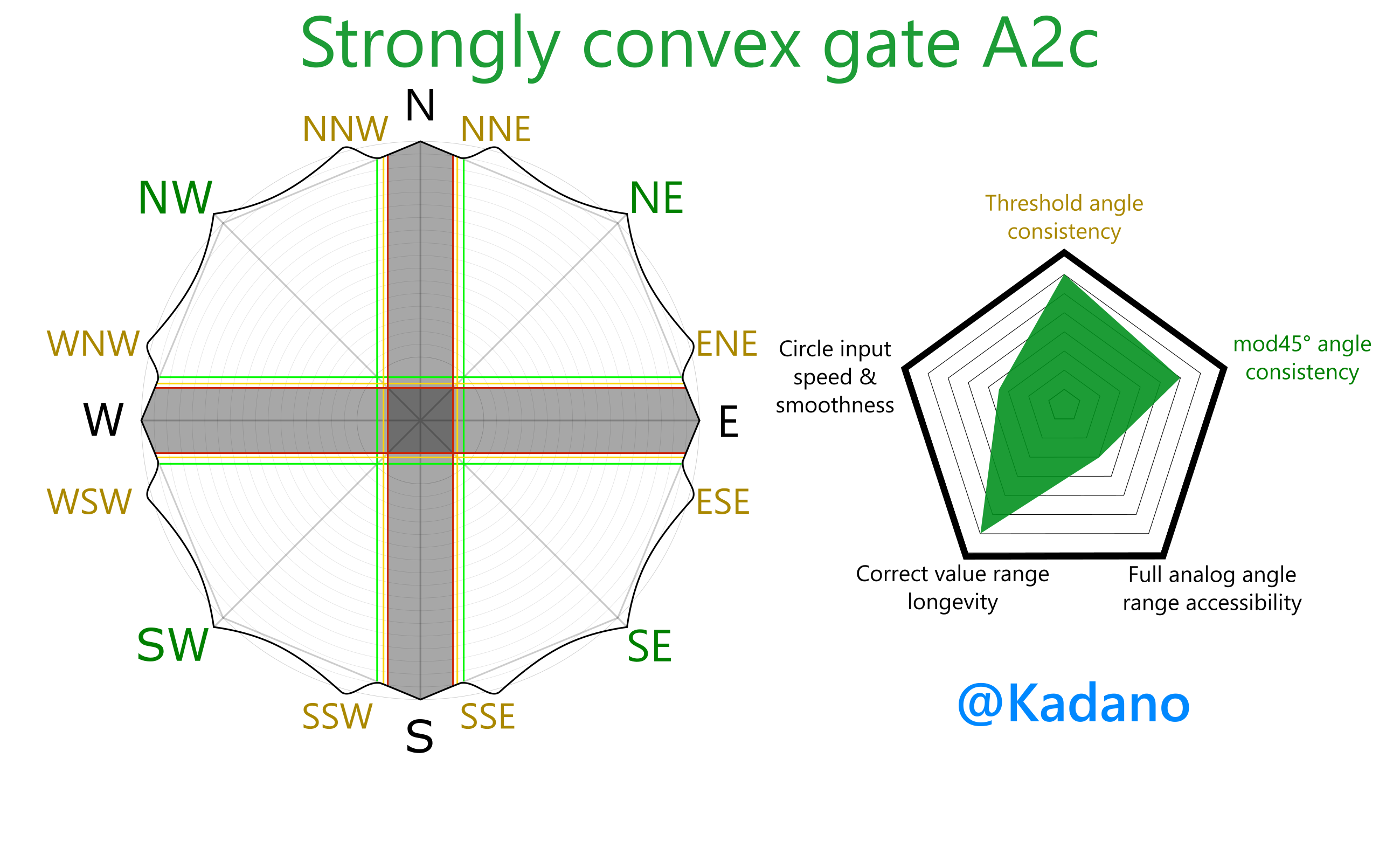
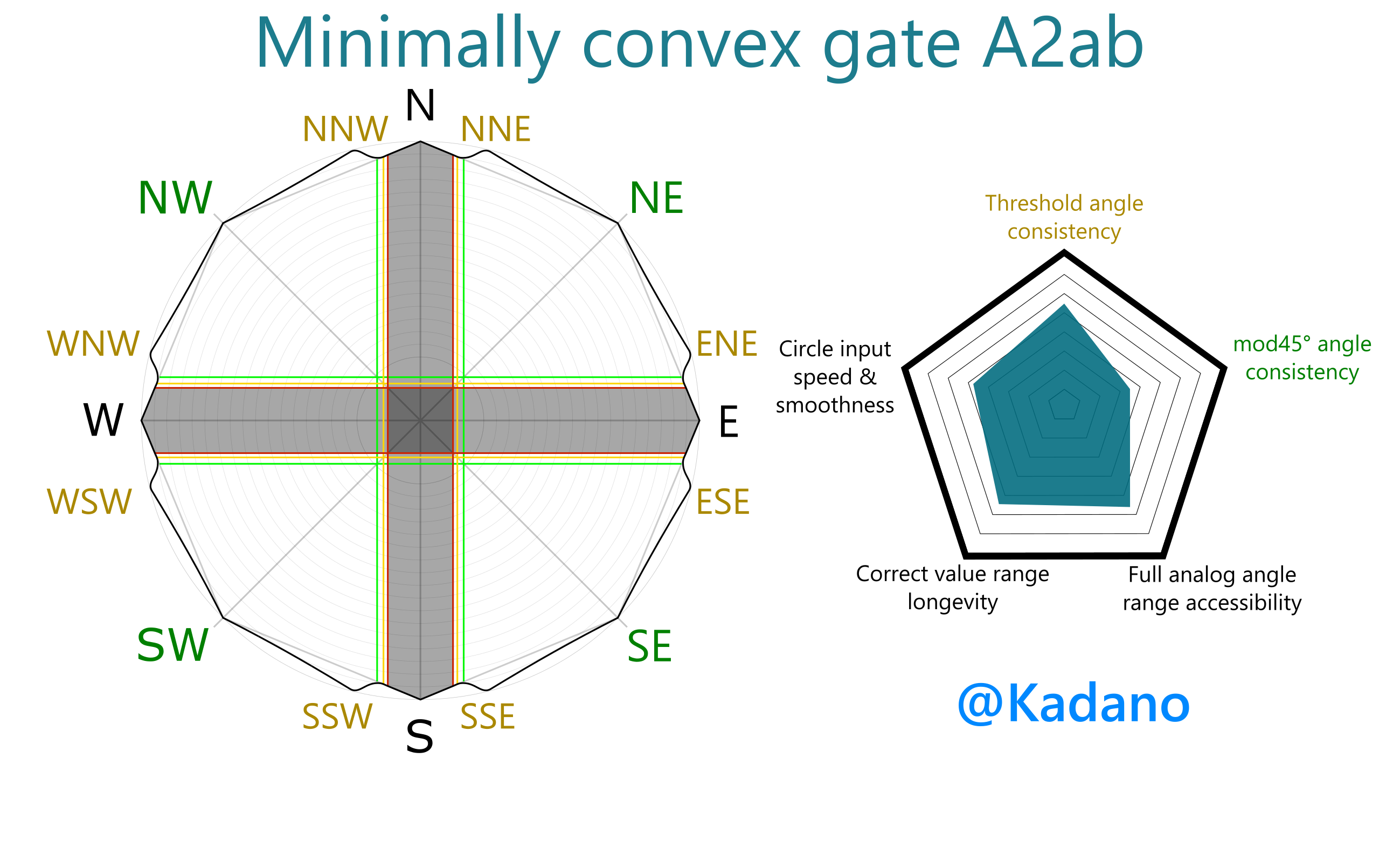
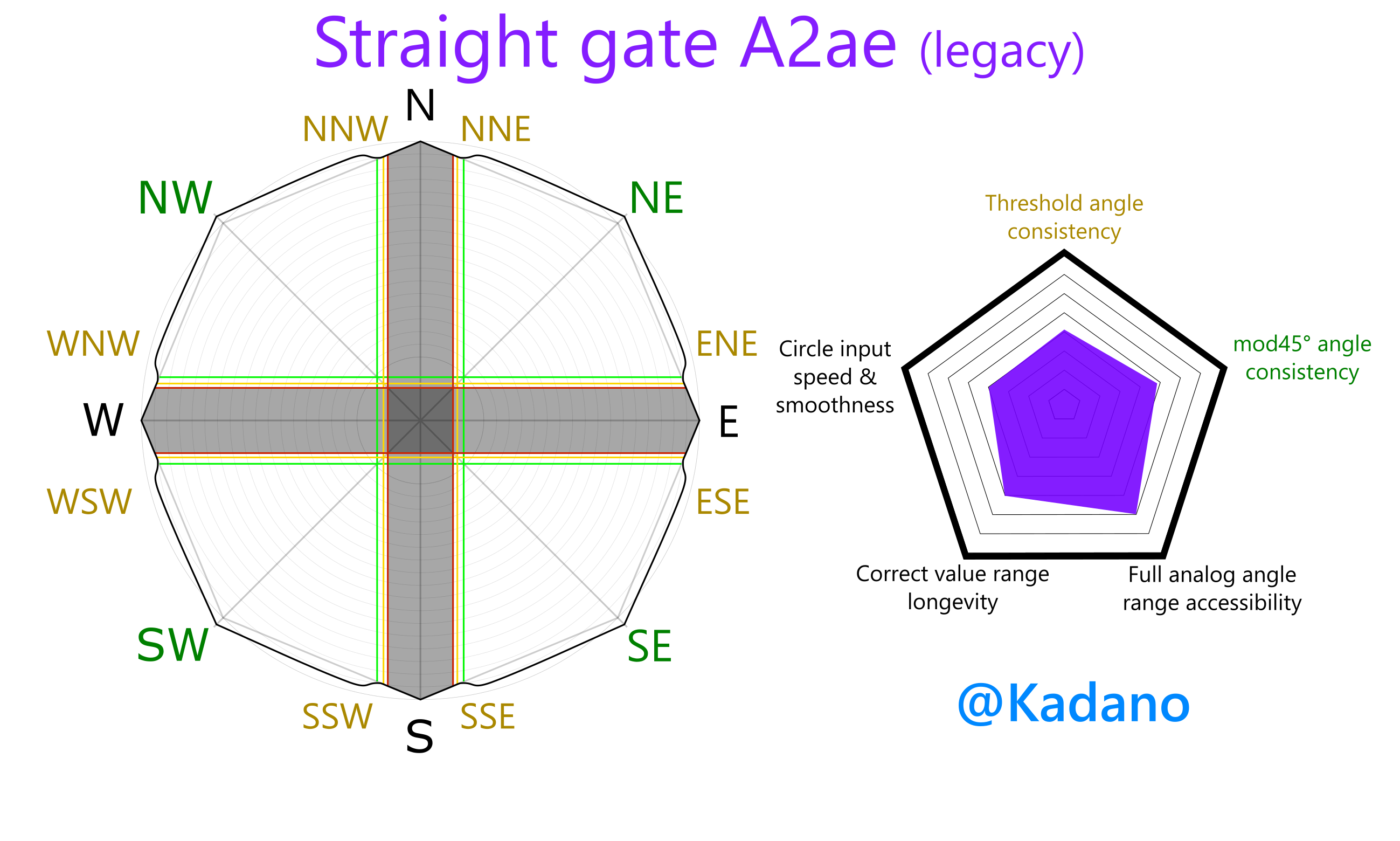

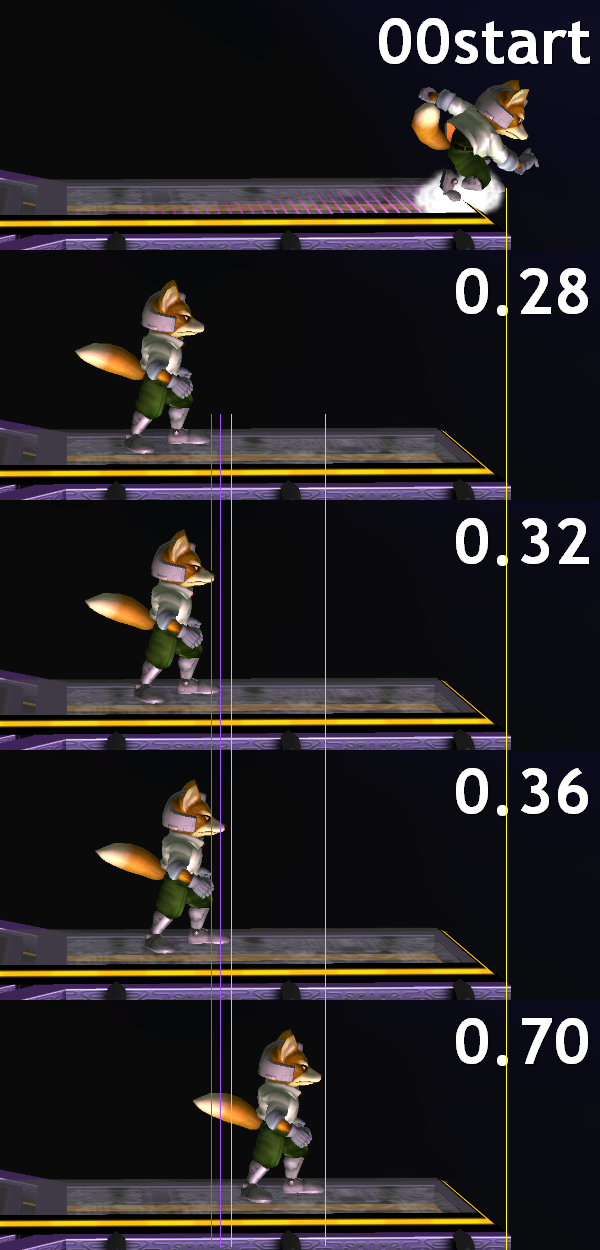
 When you order this mod, the hybrid gate mod has to be reduced / altered somewhat. I will add notches that allow for quick targeting to trigger a forward tilt out of smash turn and are as close to the shield drop range as possible. In other words, the shield drop notches will be expanded a bit to also function as pivot ftilt notches, depending on input type and movement strength.
When you order this mod, the hybrid gate mod has to be reduced / altered somewhat. I will add notches that allow for quick targeting to trigger a forward tilt out of smash turn and are as close to the shield drop range as possible. In other words, the shield drop notches will be expanded a bit to also function as pivot ftilt notches, depending on input type and movement strength.
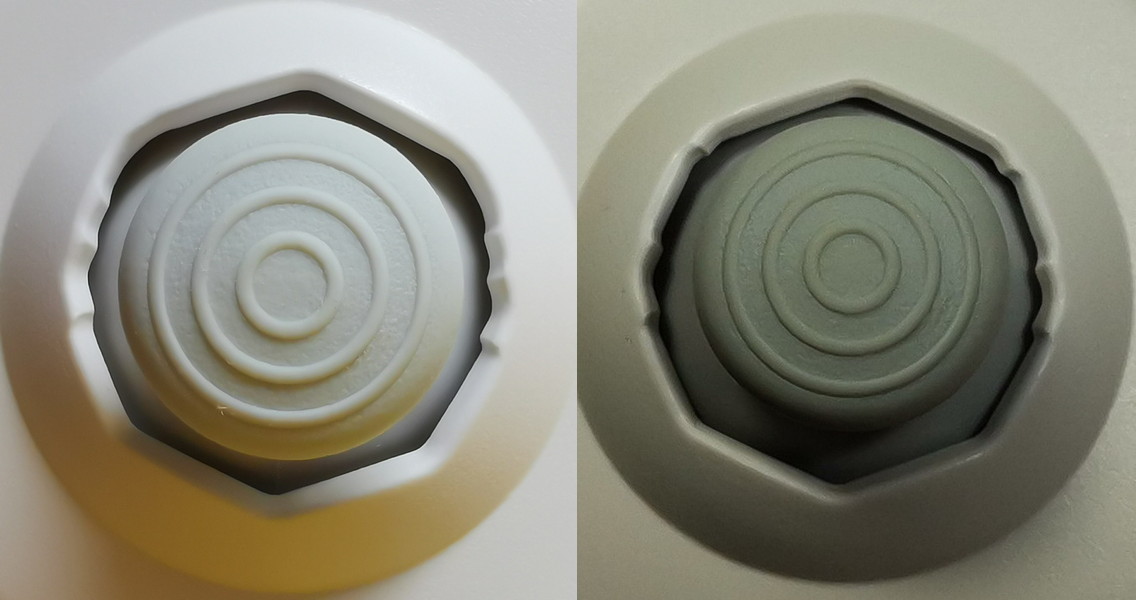

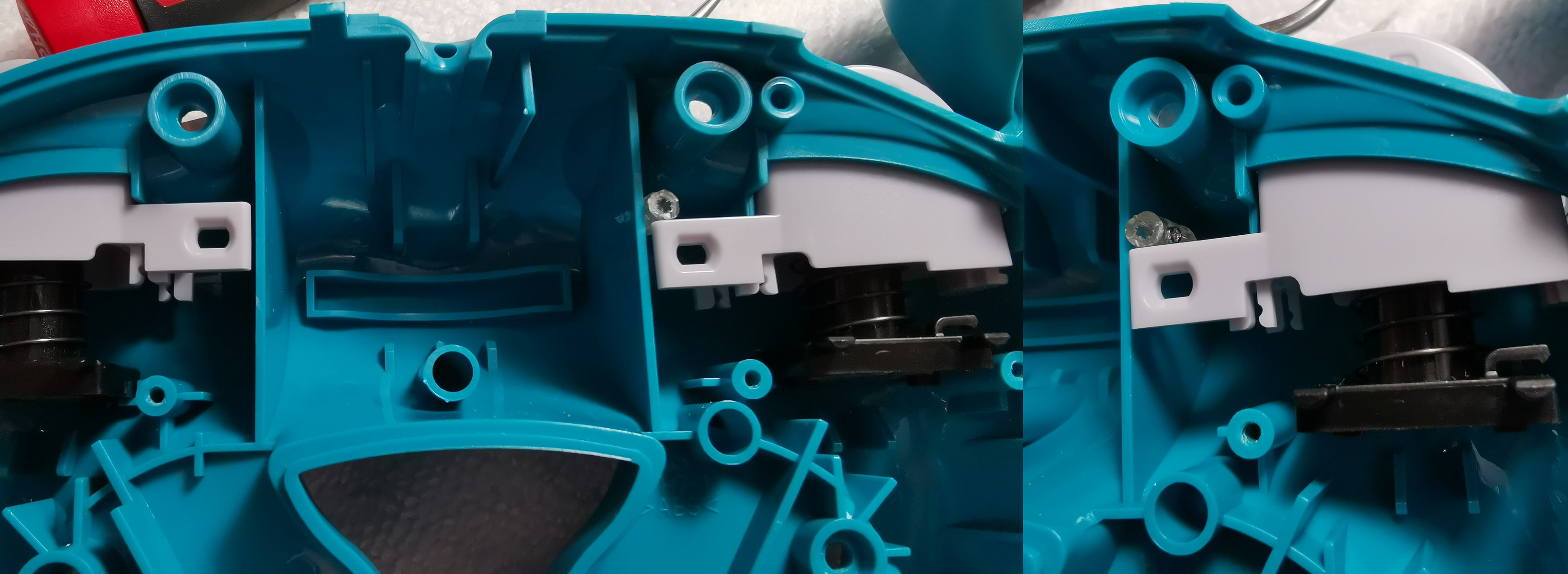

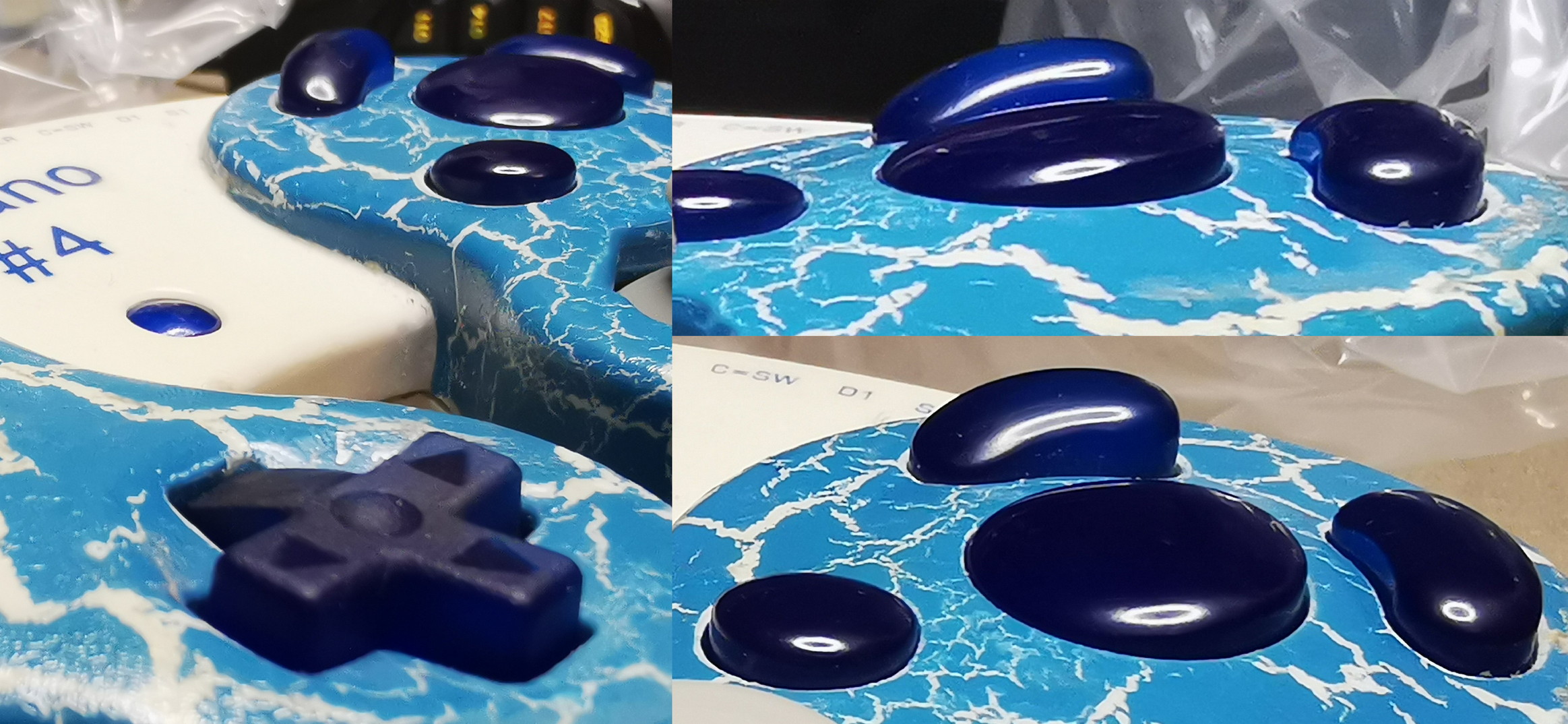

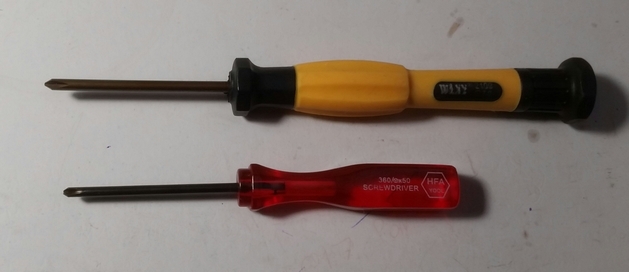 With every modification that requires occasional internal adjustments by the user, you can either get the cheaper one for free or the higher quality one for 3€.
With every modification that requires occasional internal adjustments by the user, you can either get the cheaper one for free or the higher quality one for 3€.
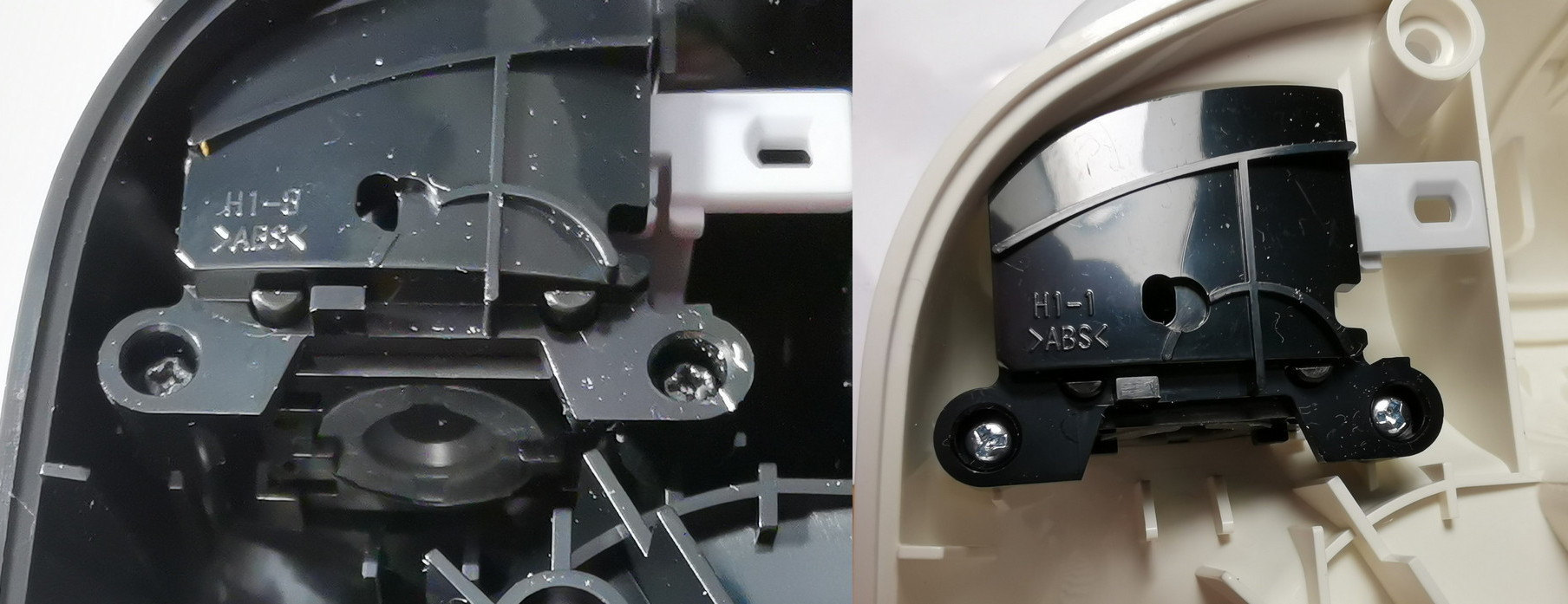
 As an adapter cable, the Arduino functionality can very easily be removed in case that's ever needed. It can thus be used with any controller you like rather than being bound to a single controller.
As an adapter cable, the Arduino functionality can very easily be removed in case that's ever needed. It can thus be used with any controller you like rather than being bound to a single controller.